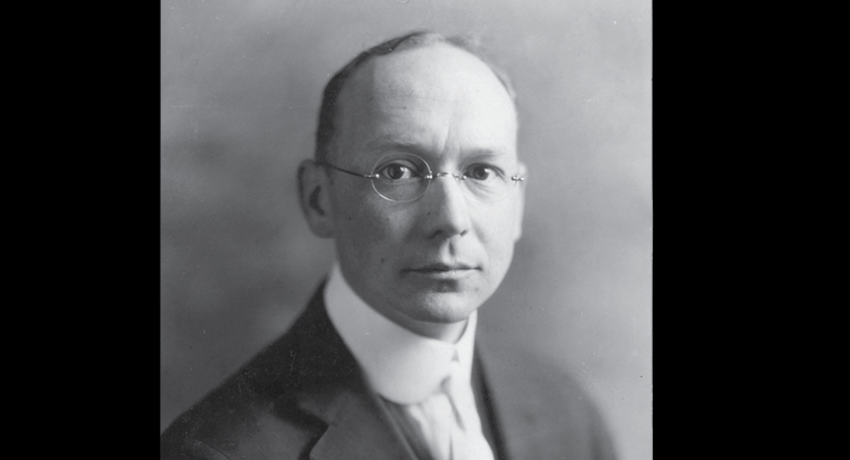Davey Brought X-ray Diffraction to Penn State
The Pennsylvania State University had a number of critical pioneering contributors to the development of X-ray diffraction as a major structural characterization tool for materials. This starts with the recruiting of Wheeler P. Davey from GE in 1926. He built his first diffractometer at Penn State with very little funds, using an X-ray tube and Geiger counters as the sensors. In the Great Depression years, he worked on research projects with industry to fund research efforts. He used his diffractometer to identify crystal phases to aid better metals and cement materials. Diffraction data was recognized by the early pioneers of X-ray to be a powerful tool to understanding phases in inorganic material processes. Between 1941 and 1955, Davey and colleagues
formed the Joint Committee for Chemical Analysis by Powder Diffraction (JCCPD), and this was hosted by Penn State in co-sponsorship with the Crystallographic Society of America, American Society for Testing Materials, and British Institute of Physics. Davey was a major leader in collecting and organizing diffraction data into databases where the peak intensities and diffraction positions permitted researchers
to identify different crystalline phases.
After 1955, the JCCPD was self-funded and needed to grow more aggressively. The JCCPD later became the International Center for Diffraction Data and now has over one million data sets and remains a non-profit scientific organization.

